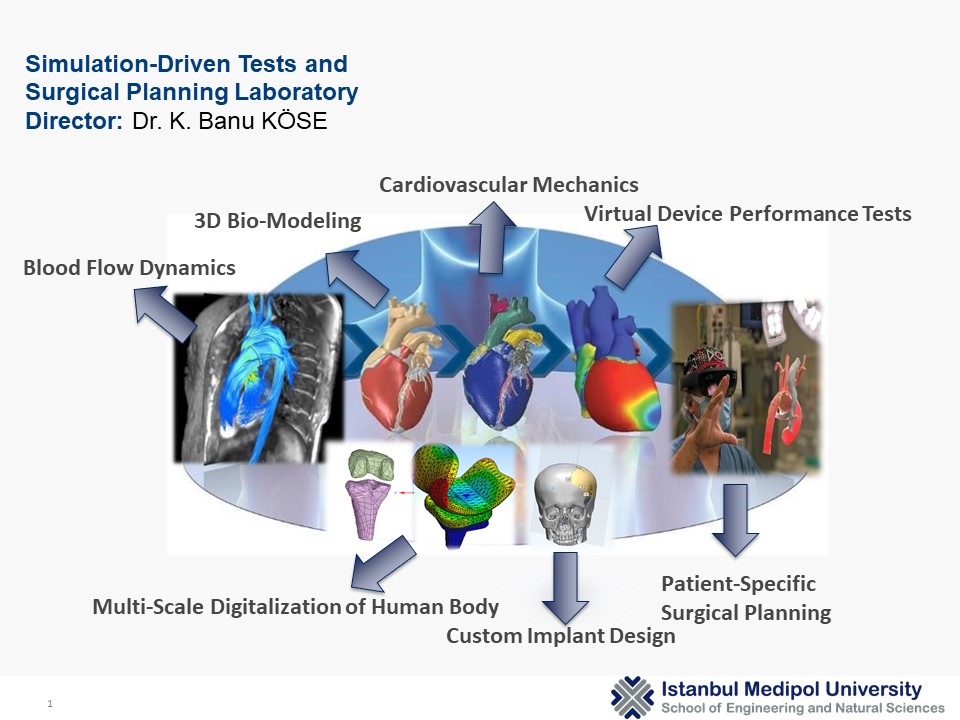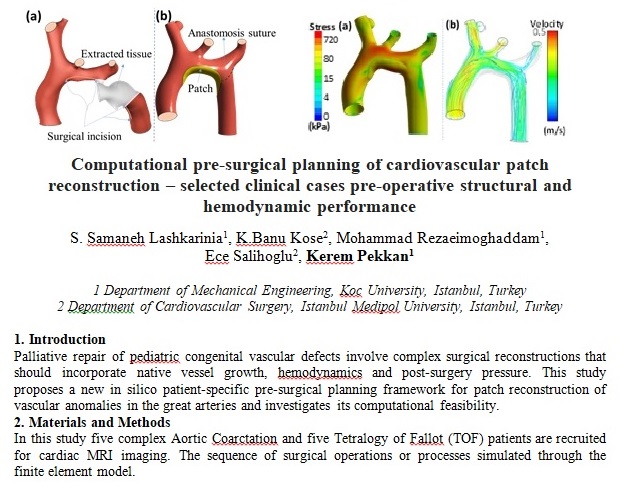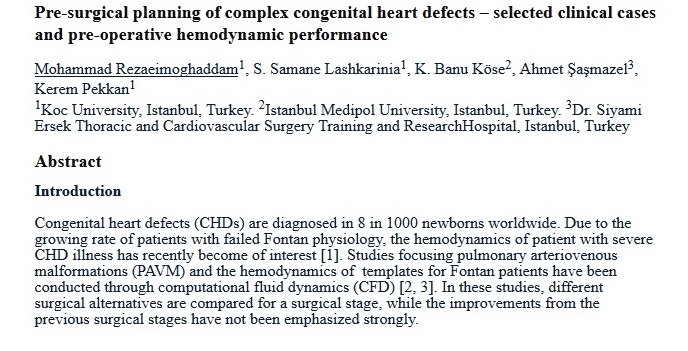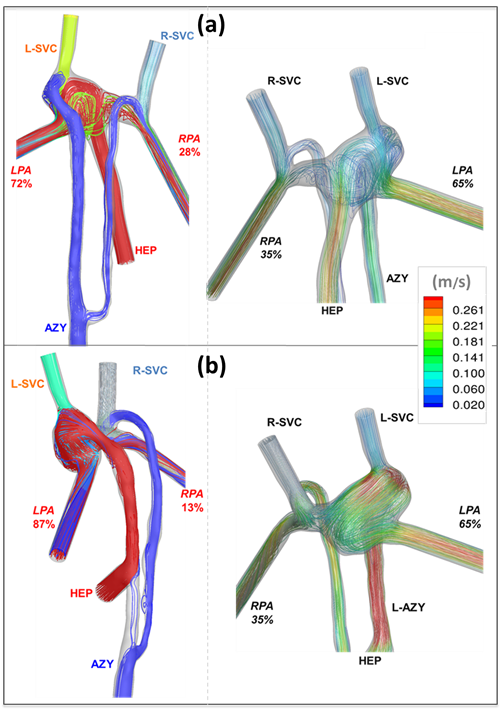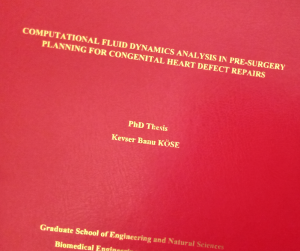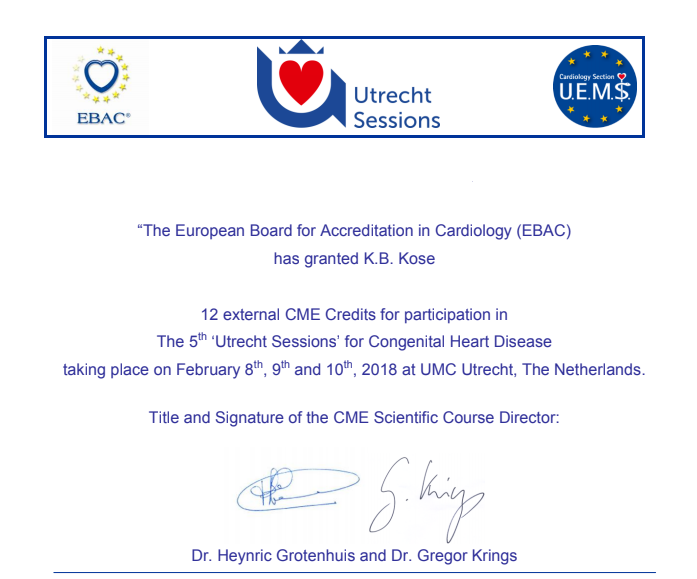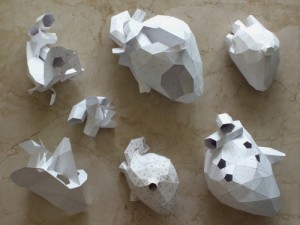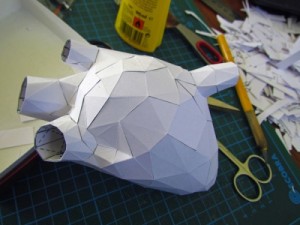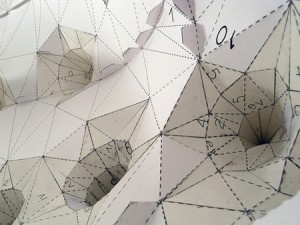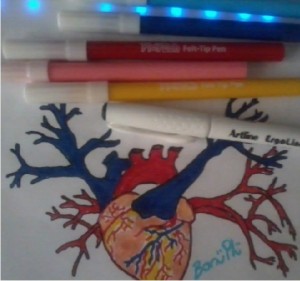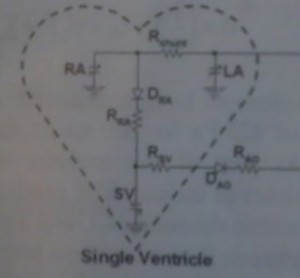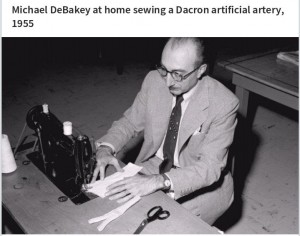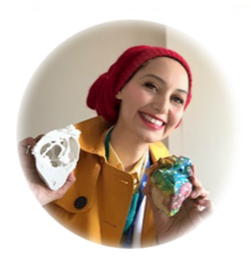Comments Off 
DECEMBER 13TH, 2022
By BANU PLUIE
I am very proud to have participated in 18th International Congress of Update Cardiology & Cardiovascular #Surgery with two research presentations, and ✨ to be awarded with FocusValve Scholarship ✨
Best regards to #UCCVS committee members and our esteemed Prof. Öztekin Oto.
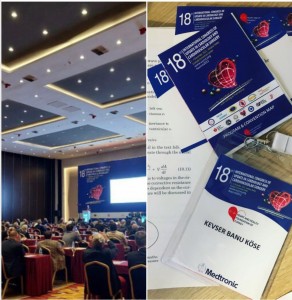
Comments Off 
DECEMBER 13TH, 2022
By BANU PLUIE
We met at the ‘Engineering Solutions to Medical Problems’ panel at Yıldız Technical University. Many thanks to ~Yıldız Technical University IEEE Engineering in Medicine and Biology Society~ for this well-planned organization.
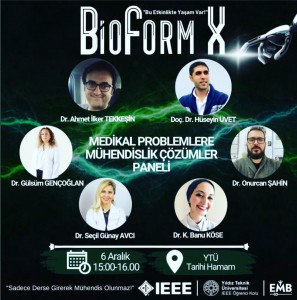
Comments Off 
JUNE 4TH, 2021
By BANU PLUIE
A team I am honored to be involved in EVBio!
EVBio is a digital think tank formed by scientists from all disciplines related to vascular medicine, from molecular biology to scientific computing. Our mission is to imagine the future through disruptive basic and translational research. Our team works tirelessly to formulate one universal coherent theory for vascular disease and support all global efforts towards its conception and validation.
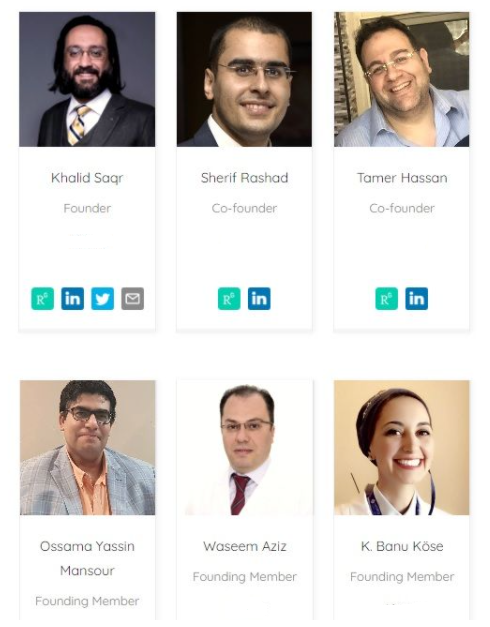
Our membership will increase soon!
Comments Off 
FEBRUARY 27TH, 2021
By BANU PLUIE
We talked about cardiovascular engineering and its future. I was honored to be a guest in Future Research Institute. Many thnaks to Coskun Dolanbay.
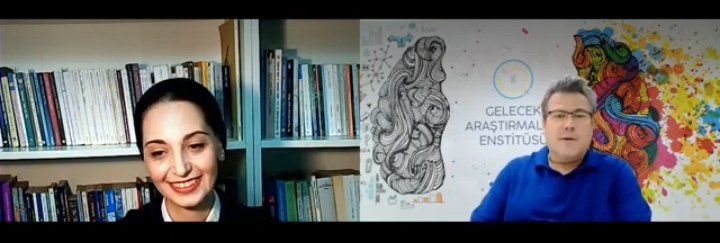
Source
Comments Off 
FEBRUARY 27TH, 2021
By BANU PLUIE
I am proud to have a contribution in this study.
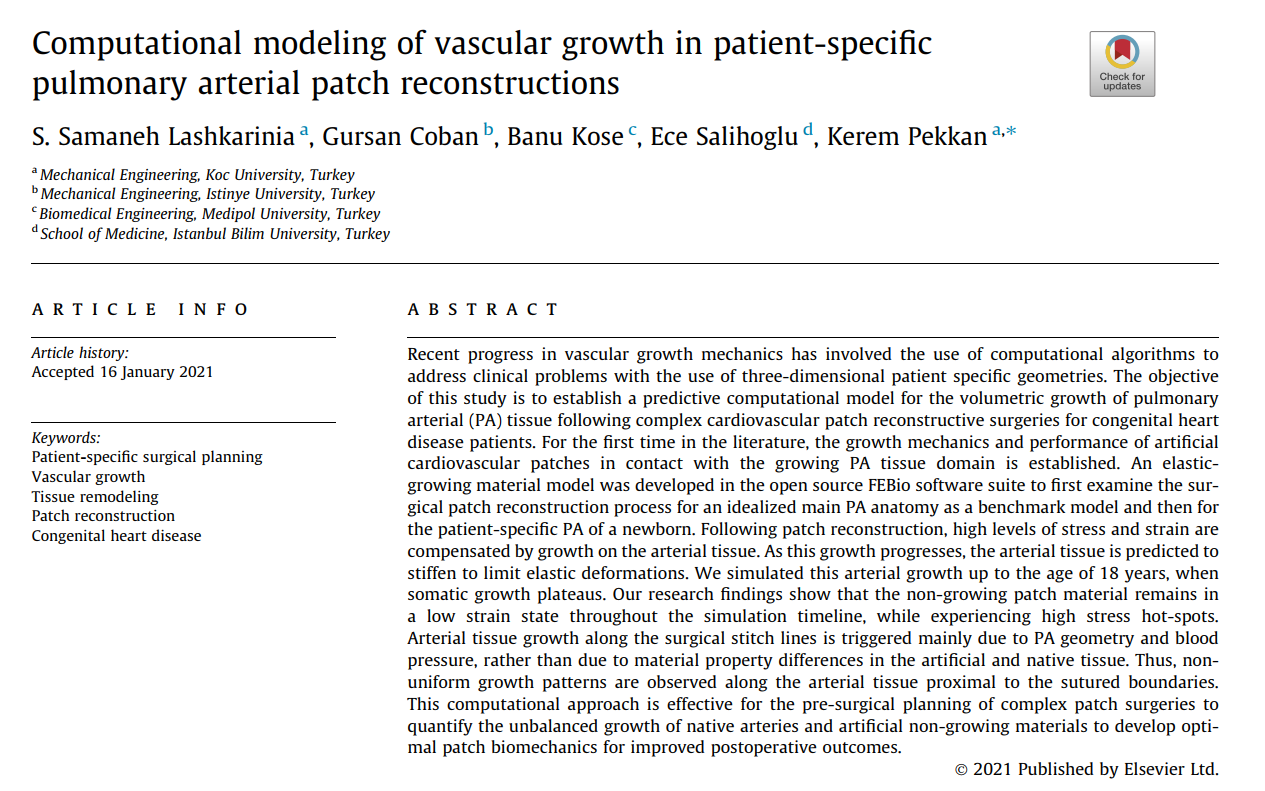
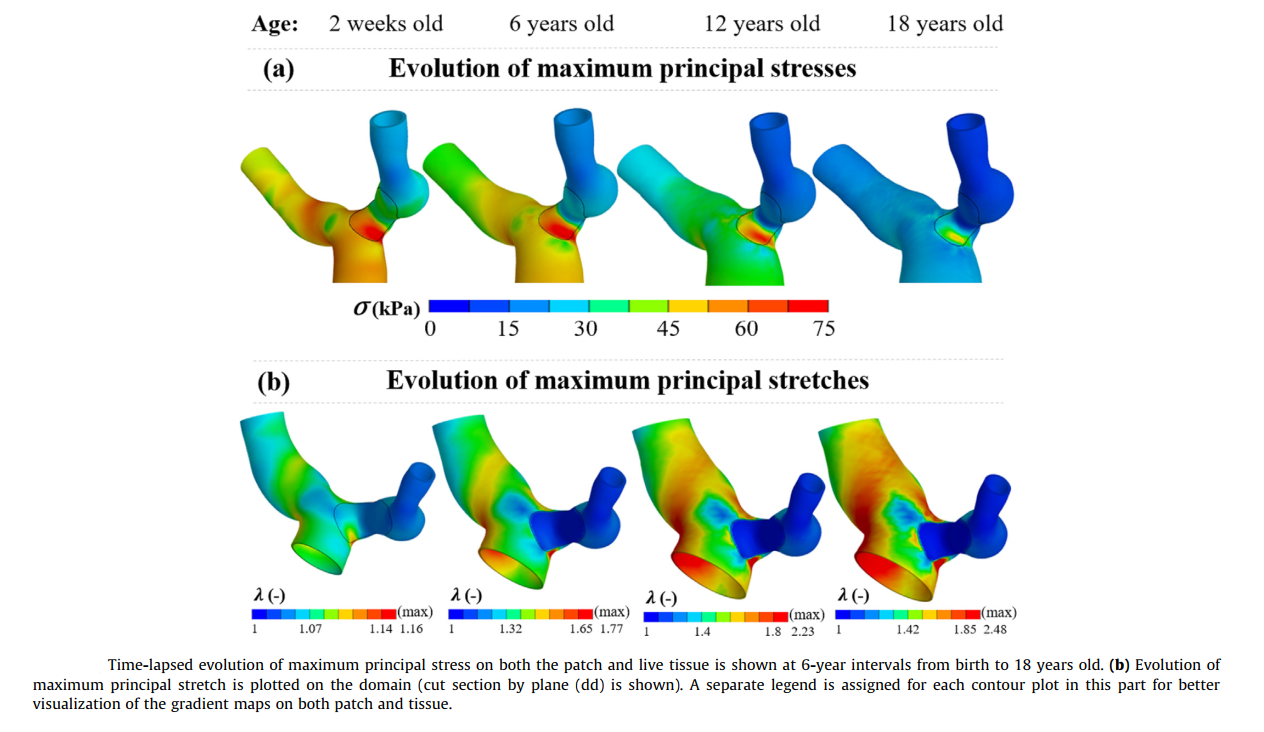
Comments Off 
JANUARY 15TH, 2021
By BANU PLUIE
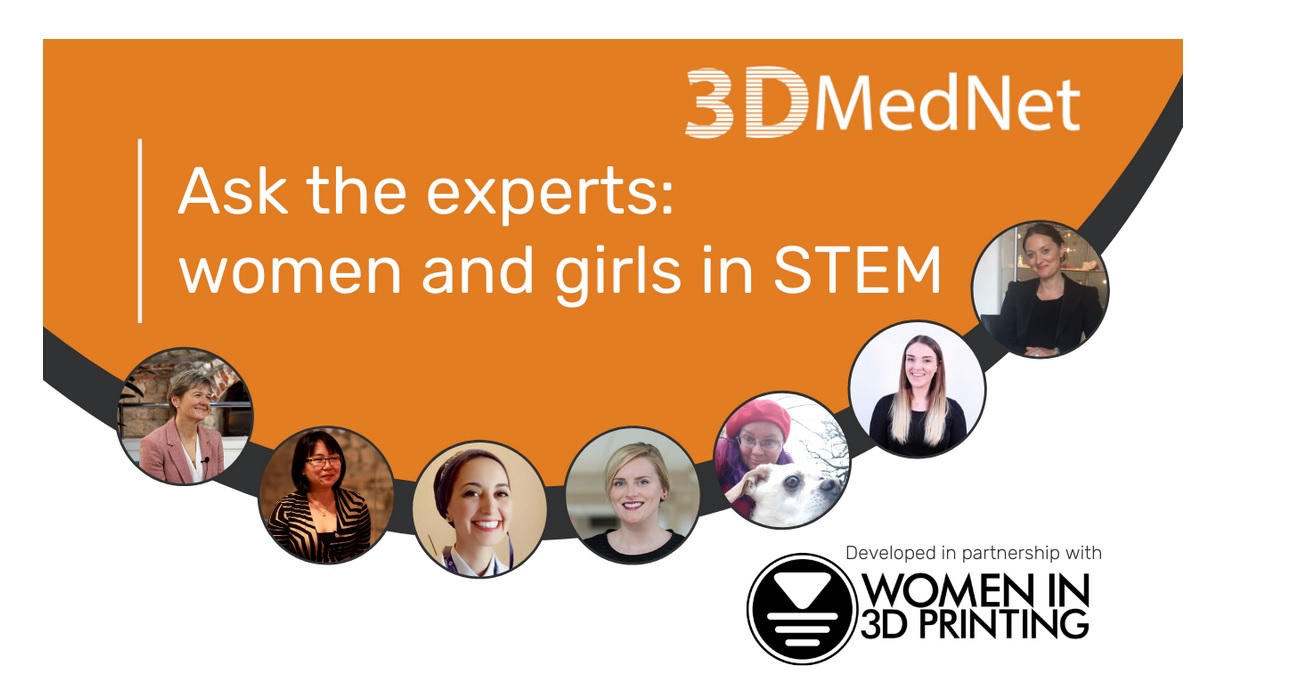
To commemorate International Women’s Day (8 March 2020), 3DMedNet has put together our first ‘Ask the experts’ feature in partnership with the global organization, Women in 3D Printing. Thanks to Georgi for inviting me to the conversation. Check the link for the full interview.
Comments Off 
JULY 24TH, 2019
By BANU PLUIE
I was the guest of Women in 3D Printing this week.
The full-page is on this page: https://womenin3dprinting.com/banu-kose/
Thanks to Nora Toure for all the great work she has done and for bringing us together.
Read more »
Comments Off 
JUNE 25TH, 2019
By BANU PLUIE
A joint meeting showcasing current work addressing the complex challenges in cardiac flow modeling, particularly focusing on the work of early career researchers (source).

Comments Off 
JANUARY 7TH, 2019
By BANU PLUIE
22. Liquid State Symposium (22. Sıvı Hal Senpozyumu) took place on 7th December 2018 in Piri Reis University.
It was very proud to be together with the physicist academics I knew and admired since my undergraduate years.
I find myself lucky to see the Prof. Zehra Akdeniz that I have always admired and exemplified. I could finally meet Prof. Nihat Berker who is not only a famous physicist but also an intellectual on comparative literature readings.
Thanks to Dr. Ozan Sarıyer and Dr. Gulsen Evingur for organizing this meeting.
Prof Pekkan presented biological flow researches of his lab, and I presented a sample case of a pediatric aortic blood flow comparison study which is done with the great help of Dr. Ece Salihoglu.
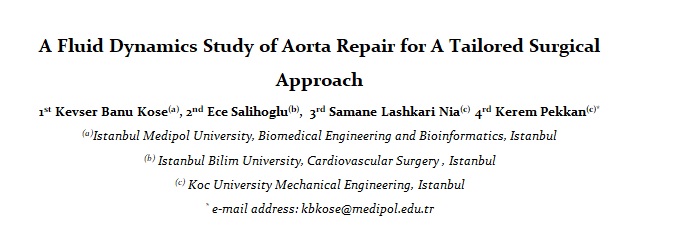
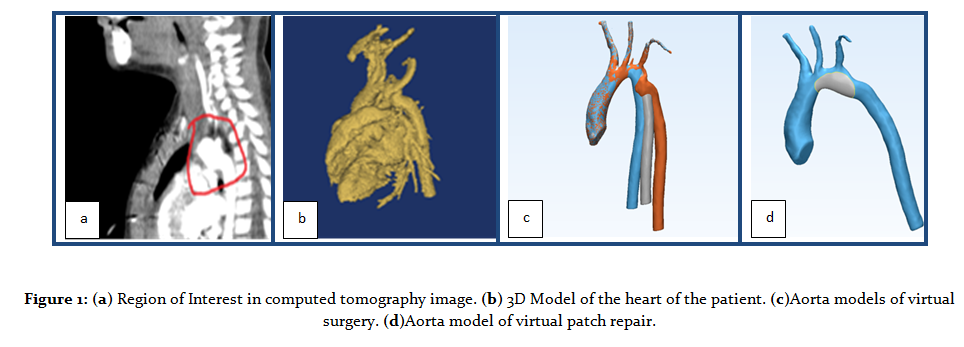

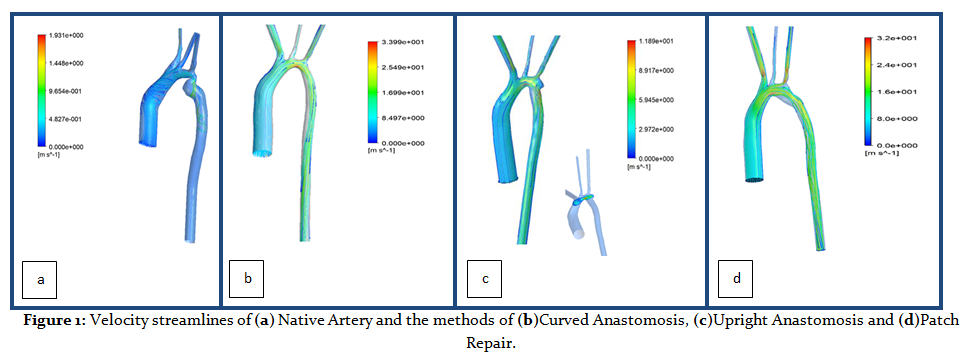
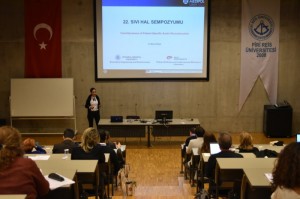
Comments Off 
MAY 29TH, 2018
By BANU PLUIE
Comments Off 
APRIL 16TH, 2018
By BANU PLUIE
The Mimics Innovation Suite (MIS) allows you to automate your workflows, potentially saving a lot of time, achieving more consistency, and reducing repetitive work and human error. That is an easy thing to say, but if you do not have much experience with scripting, we all know that it can be tough to get started. If you want to speed up your learning curve and get a head start, then this could be an interesting training for you.
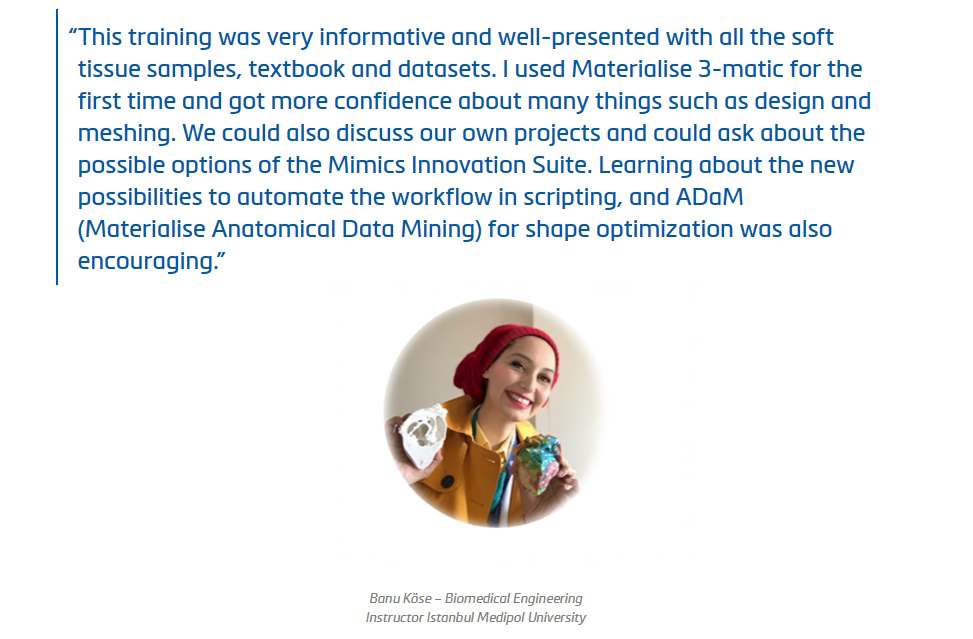
Topics will include:
Basics of Optimizing your Workflow in Mimics 21 and 3-matic 13
How to write your first scripts
Introduction to Python
Hands-on training exercises for creating planning workflows (e.g. loading datasets, performing basic segmentation steps, landmarking, creating anatomical coordinate systems, designing custom implants)
Comments Off 
FEBRUARY 17TH, 2018
By BANU PLUIE
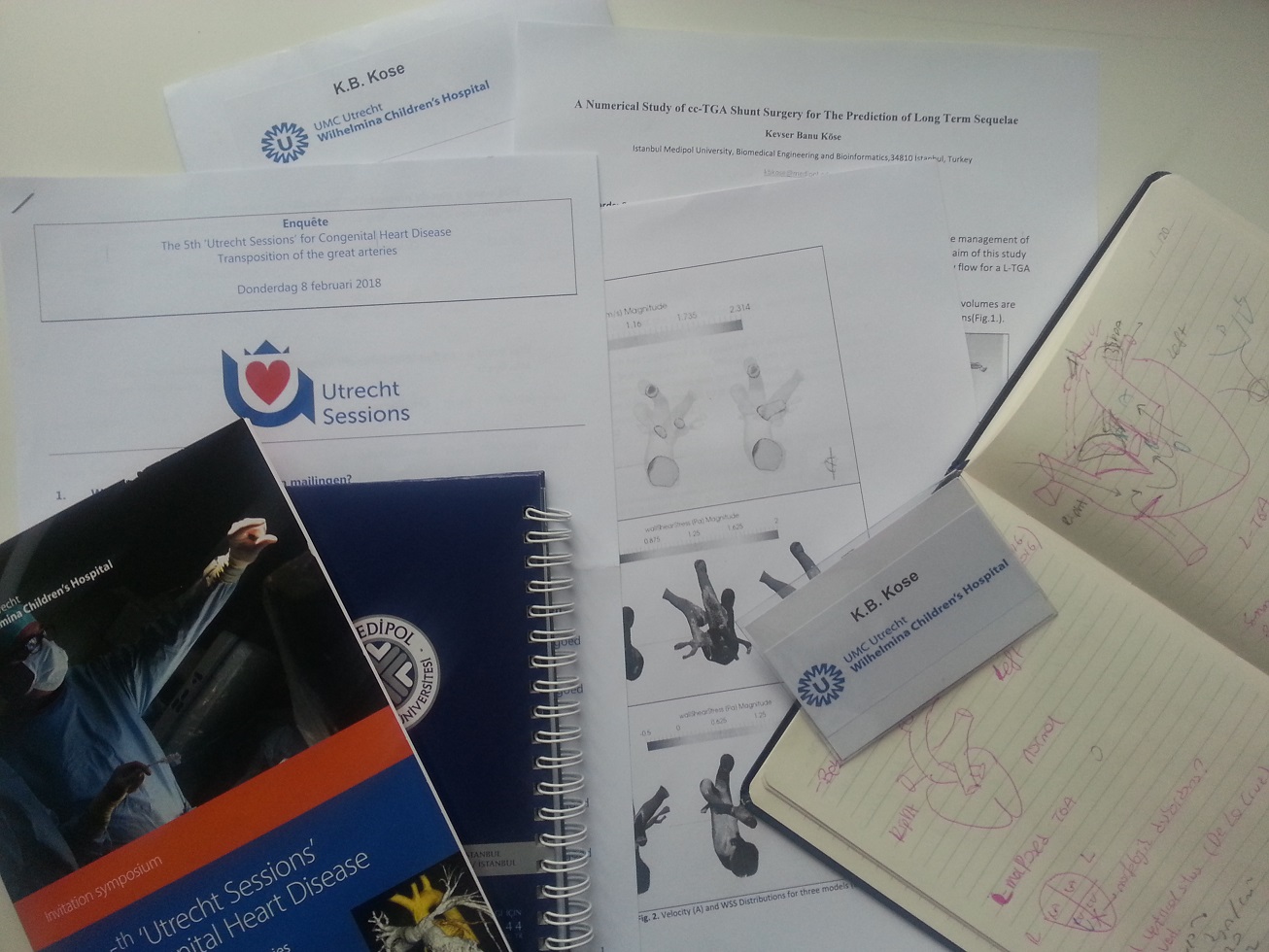
The Utrecht Sessions for Congenital Heart Disease was held at the University Medical Center Utrecht on 8-10 February. It was one of the best organized meetings I’ve ever attended.
I had the chance to listen to the work of the most successful pediatric cardiologists and surgeons in the field and to learn a lot about TGA.
I would like to thank Heynric Grotenhuis for the courtesy and help in the pre-seminar correspondence. And I would like to thank Gregor Krings for his support to share my work and to inspirational favour to interdisciplinary research.
I am delighted to have the chance to meet Gregor Krings, Heynric Grotenhuis, Tjark Ebels, Mario Carminati, Tara Bharucha , Petru Liuba, Virpe Puska and Ghadeera Almansoori.
Comments Off 
APRIL 8TH, 2017
By BANU PLUIE
Comments Off 
MARCH 29TH, 2017
By BANU PLUIE
Comments Off 
FEBRUARY 13TH, 2017
By BANU PLUIE

It was really a great experience at Protomed Labs in Aix-Marseille University. I really enjoyed learning about hydrodynamic testing requirements, Vivitro Pulse Duplicator, its calibration, flow testing, heart valve testing, and at the same time practicing.
Thanks to Prof. Kerem Pekkan for suggesting this training for Ece Tutsak and me.
I would like to express my sincere thanks and gratitude to Karim Mouneimne and Vincent Garitey for all the kind care they took, regarding the training, sharing their expertise to us, the detail notes, all the answers whenever required etc. in Protomed Labs.
I hopefully will be able to implement it further into my field. This got me inspired and ready to go!
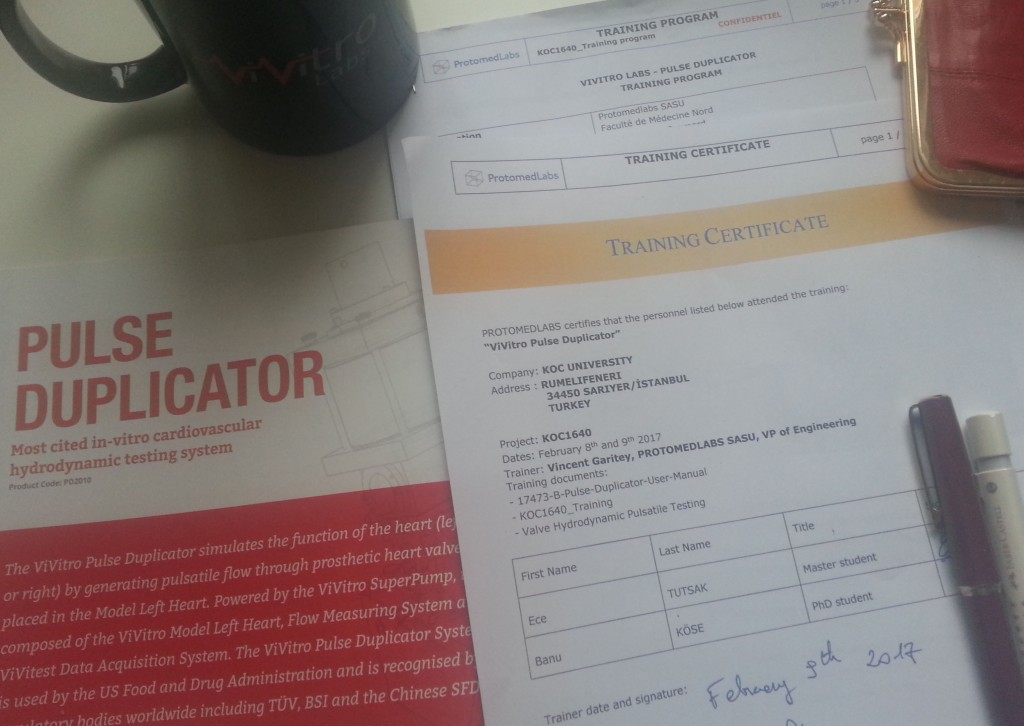 For More
For More
Comments Off 
FEBRUARY 1ST, 2017
By BANU PLUIE
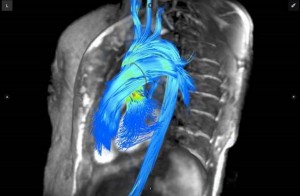
While cardiac magnetic resonance imaging (MRI) is considered an excellent imaging modality for the heart, offering highly detailed soft tissue anatomical imaging as well as functional assessments, it only makes up about 5 percent of all MRI scans in the United States. This is in part due to the expense, time involved and the complexity in completing these scans and reading them. There were two software innovations that may help increase the use of cardiac MRI by reducing its complexity.
To read the entire article, go to www.dicardiology.com/article/advances-cardiac-imaging-rsna-2016.
At RSNA 2015, Arterys introduced a package of advanced cardiac MRI visualization and quantification software that automates a lot of the processes involved. It also uses a cloud-based platform that allows access to a large amount of computing power needed to process cardiac cine functional data in real time. The software includes 4-D Flow and 2-D phase contrast workflows, and cardiac function measurements. The software is the first clinically available cardiovascular solution that delivers cloud-based, real-time processing of images with resolutions previously unattainable. The company gained U.S. Food and Drug Administration (FDA) 510(k) clearance in November 2016 and showed several new advancements at RSNA 2016. Arterys is partnering with GE Healthcare to introduce the software on the Signa MRI systems under the GE name of ViosWorks. However, Arterys said it has aspirations to be a software OEM for several MRI vendors. An additional introduction was Arterys? regurgitation evaluation software that offers several ways to view regurgitation, which has traditionally been difficult to assess on MRI. One view visualizes blood flow velocities with arrows to show direction of flow and a color code to show the speed of the flow. It presents very similar to cardiac ultrasound color flow Doppler. The software can help identify regurgitation jets, vortices and sheer wall stresses, and offers automated quantification. In cardiovascular research, sheer stress evaluation has become a big area of interest because it is believed these stresses may play a role in the formation of atherosclerosis, the degradation of heart valve function, and possibly play a role in the progression of heart failure. So, Arterys also introduced a research sheer stress analysis software package.
- DAVE FORNELL
To read the entire article, go to www.dicardiology.com/article/advances-cardiac-imaging-rsna-2016.
Comments Off 
NOVEMBER 20TH, 2016
By BANU PLUIE

.
Computational Life is a young company which has the specialty on computational flow simulations and mathematical models for the medical technology field.
The validated software Digital Avatar Platform (DAP) of Computational Life is modeling human and animal body mathematically. It is testing physiological scenarios for drugs, medical devices and treatment methods.
Circulation system, cerebrospinal fluids, transport of pharmaceutical products throughout the body can be simulated for the human and animal body with DAP. It can also be modified due to the experiment.
They replied to me with a very warm and energetic mood when I wrote them. It is great that there are enthusiastic people in the medical technology field. I am sure that I will hear more about the news of Computational Life in the next days.
Thanks to Christian Contarino, Davide Chieco and Carlo Rivis for their innovative platform which brings a great help for clinicians, researchers, and engineers.
Please check their website for more information.
.
Comments Off 
JUNE 13TH, 2016
By BANU PLUIE
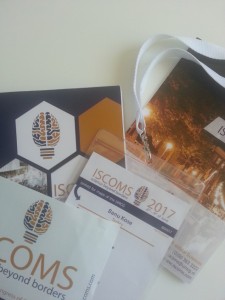
Many thanks to University Medical Center Groningen for the oral sessions and workshops of 3D Lab, LVAD treatment, Dissection of Brain, CABG treatment, IV Injections and Nuclear Medicine.

Comments Off 
MARCH 17TH, 2016
By BANU PLUIE

Materialise provided a Mimics Innovation Course on Soft Tissue.
This training was very informative and well-presented with all soft tissue samples, text book and datasets.
I used 3-Matic for the first time, and got confidence about many things about design and meshing. We could also discuss our own projects and could ask possible options of Mimics Innovation Suite.
Learning about the news about scripting possibilities to automate the workflow, and ADam (Materialise Anatomical Data Mining) for shape optimisation was encouraging.
Thank you for sharing your knowledge with us, Karen de Leener and Inés da Silva.
Thank you for the great help of Job der Kinderen.
Comments Off 
NOVEMBER 9TH, 2015
By BANU PLUIE
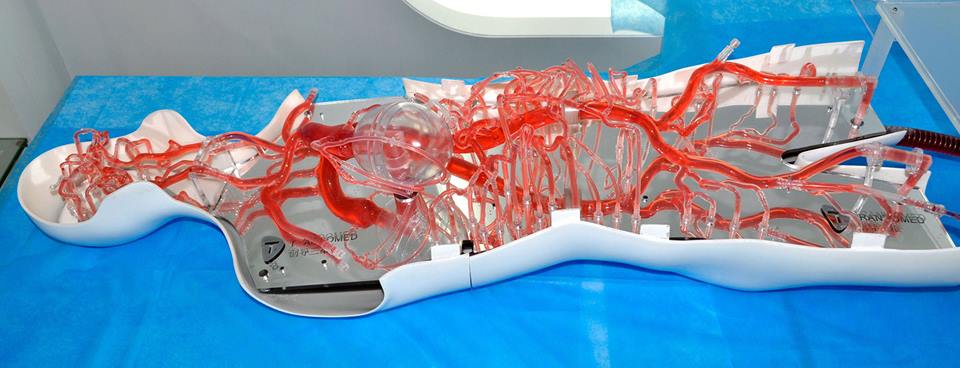
Trando Med will attend MEDICA 2017 in the Dusseldorf Germany from 13-16 November 2017. The booth is Hall 13 Booth F 9-05
Comments Off 
OCTOBER 20TH, 2015
By BANU PLUIE
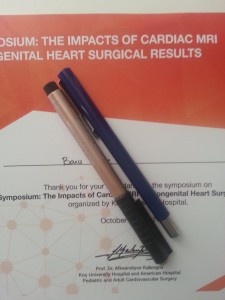
On October 19 Koc University presented “The Impacts of Cardiac MRI on Congenital Heart Surgical Results,” a public symposium at Koc University Hospital Artlab Conference Hall that explored the benefits of cardiac MRI scans for depicting the congenital heart anatomy.
The symposium began with a presentation by Prof. Afksendiyos Kalangos. He was followed by renowned pediatric cardiovascular surgeons and cardiologists Prof. Atıf Akçevin, Prof. Alpay Çeliker, Prof. Aphrodite Tzifa, A. Professor Tijen Alkan- Bozkaya and the radiologists Dr. Serhat Aygün, A. Professor Özdil Başkan who presented their own experiences, demonstrating a vast range of approaches to defining the context.
Prof. Kerem Pekkan presented his studies with MRI imaging and cardiovascular mechanics in the cases of blood flow dynamics, biomaterial tests, patient-specific vascular materials and surgical planning for congenital heart diseases. His signified projects were one of the fascinating parts of the symposium for participants.
Comments Off 
SEPTEMBER 29TH, 2015
By BANU PLUIE
26th Statistical Physics Days were held in İzmir Institute of Technology.
During the program organization, Prof. Nejat Bulut’s dedication and careful attention to every detail was so amazing that it will be a very nice experience in my mind.
It was an honor to be among the successful physicist academicians and to listen to their work. It was also my chance that I had the opportunity to talk about my own practice and find the opportunity to discuss it with very precious professors.
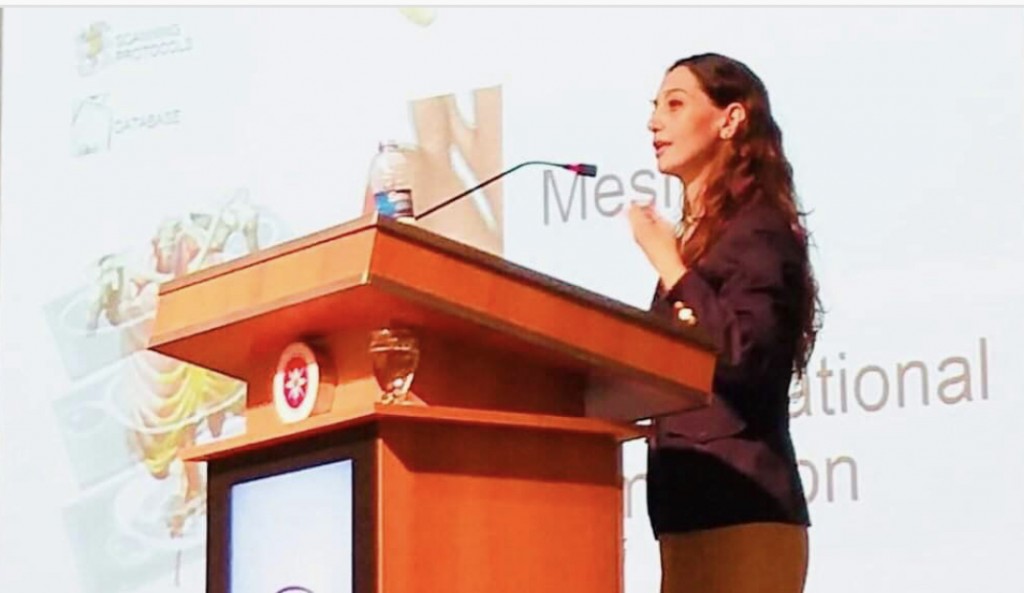
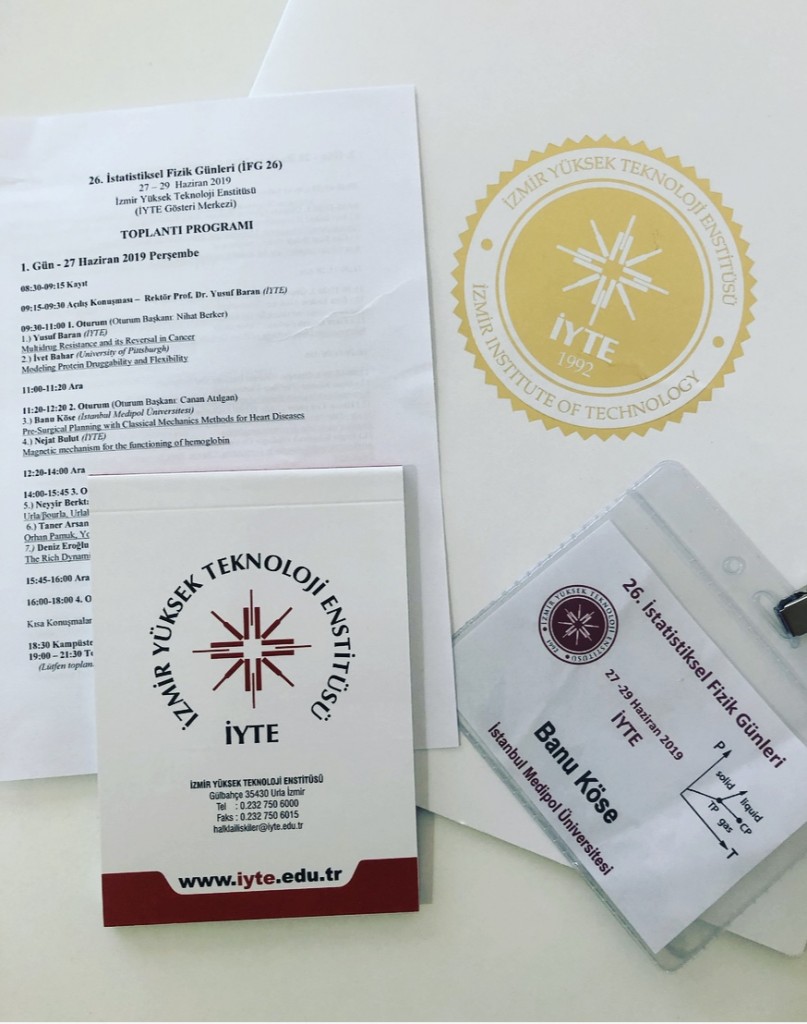
Comments Off 
NOVEMBER 9TH, 2014
By BANU PLUIE
“- I wanted to be someone that encouraged young women to get involved in math, science, and engineering.”
Today, she’s doing just that.
As a product development engineer in the Medtronic cardiovascular division, Carol has been doing what she loves for more than 25 years. She provided critical technical expertise for the company’s first implantable cardioverter defibrillator and continues to collaborate with engineering teams and physicians to find new ways of doing things.
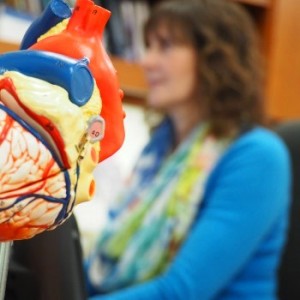
But on top of her day job, she has taken on another commitment – overseeing the Women in Science and Engineering (WISE) Initiative at the company.
Beginning in the spring of 2017, Medtronic introduced another opportunity that taps into an often overlooked talent pool. Careers 2.0 is a “returnship” program designed to provide paid internships for female engineers looking to get back into STEM-related careers. Research suggests close to 25 percent of women in engineering careers leave the industry by age 30, citing work culture or family commitments.
“This is a way to bring these talented women back into our technical and managerial ranks,” says Carol. “We are very excited about providing this amazing pool of talent an opportunity at Medtronic.”
“Overall, I want to inspire women,” says Carol. “Whatever your passion is; clean air, fighting hunger, or improving healthcare. Behind the biggest challenges of humanity, there’s an engineer working to find a solution.”
Source
Comments Off 
AUGUST 29TH, 2014
By BANU PLUIE
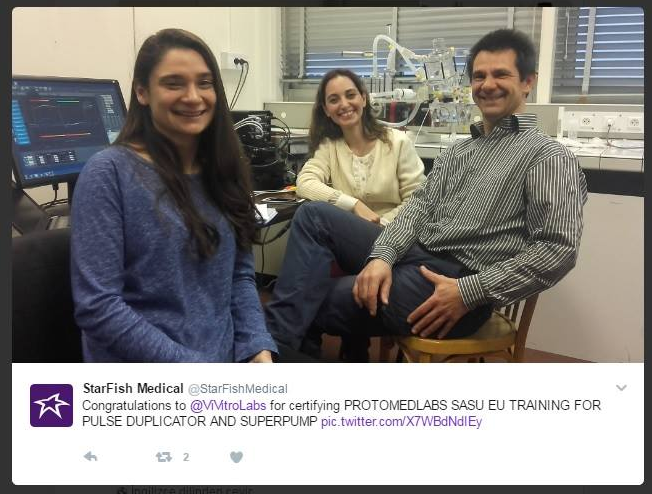
Ece Tutsak (Left) – Banu Köse(Middle) – Vincent Garitey(Right)
Comments Off 
JULY 31ST, 2014
By BANU PLUIE
Using data from a standard CT scan, the non-invasive HeartFlow Analysis creates a personalized 3D model of the coronary arteries and analyzes the impact that blockages have on blood flow. See the website: http://www.heartflow.com/
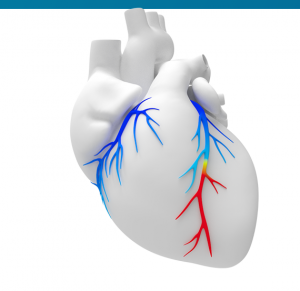
Comments Off 
JUNE 17TH, 2014
By BANU PLUIE
3 daags kindercardiologie TGA symposium
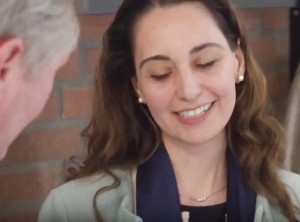
UMC Utrecht
Comments Off 
FEBRUARY 25TH, 2014
By BANU PLUIE
‘Voksel’s Anatomical Modeling, Surgical Planning, 3D Printing with Engineer – Surgeon Collaboration Training‘ was held on 23rd February in Istanbul.
I had the chance to share my experiences in image processing and modeling with the participants. I would like to thank Kerem Girgin, Erbil Oğuz, Samet Serbest and Cansu Çeltik from Voksel. It was great to be a part of Voksel team, and meeting with the participants who were aware of the benefits of interdisciplinary collaborations and patient-specific planning very well.
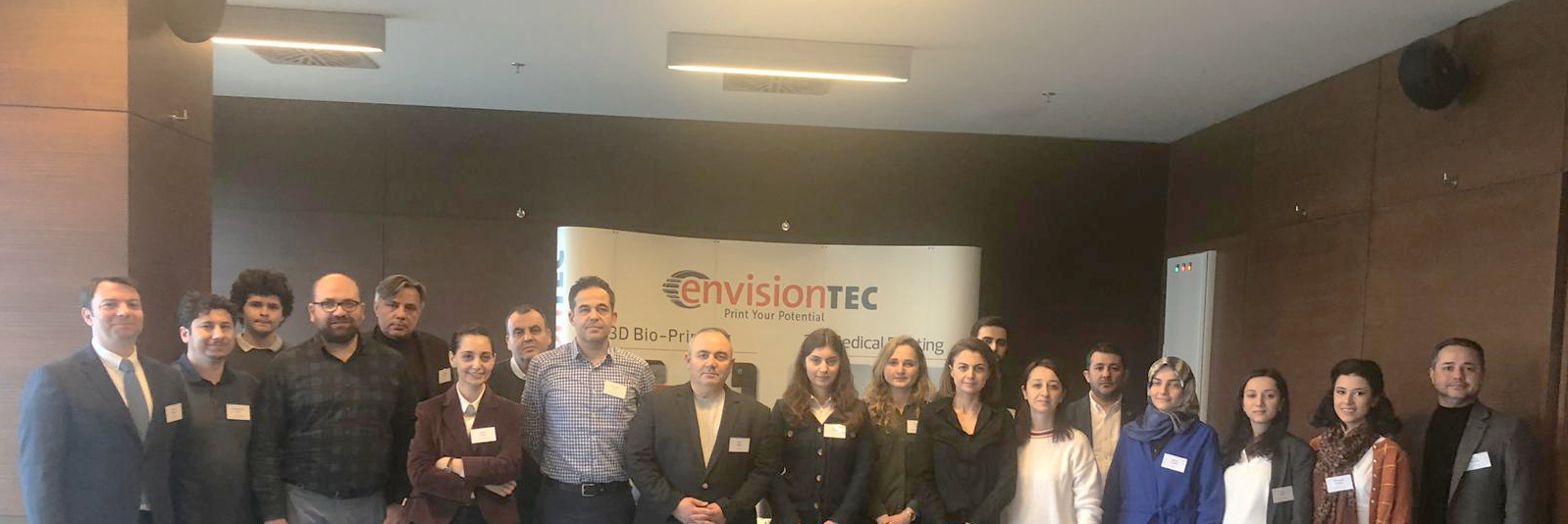
Comments Off 
DECEMBER 30TH, 2013
By BANU PLUIE
Comments Off 
NOVEMBER 5TH, 2013
By BANU PLUIE
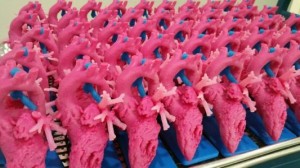
Alistair Phillips, MD, who is the Co-Chair for the American College of Cardiology, Surgeons Section tells about some of the impacts he has personally experienced using 3D printing in surgical settings as his participation in the 3DHEART program:
“The clinical trial is particularly exciting as it targets specific cases in which understanding of the anatomy will greatly enhance the surgical approach. A 3D printed replica of a patient’s heart will be created as part of the inclusion criteria to be in the study.Using 3D printing gave a better understanding of the Hybrid procedure, and allowed us to perform pulmonary valve replacement with a minimally invasive approach avoiding conventional method that required open-heart surgery. After coming to Cedars-Sinai we refined the pre-ventricular approach by utilizing a 3D printed models of patients’ hearts. We were able to simulate the implant into the right ventricular outflow tract.
Every surgeon is different. The education, experience, aptitudes, and attitude we bring to each equally nuanced and varied patient span an almost limitless spectrum and inform how we may utilize 3D printing for the benefit of our patients. The elegance of 3D printing is that it can create the individualized tools spanning this spectrum.
That said, however, what is not negotiable is the veracity of the models that we are receiving. Various materials and their corresponding colouring or rigidity may serve different functions in the hands of different surgeons, but ultimately we must have the utmost confidence in the fidelity of the models we are utilizing for pre-surgical planning. The more realistic the model is both in anatomical and textural preciousness will greatly enhance the application.
In all honesty, I would advise each hospital to start by really understanding the value proposition 3D printing offers across all specialities and, the culture of their institution. The best way to get answers to these very nebulous, complicated, nuanced directives is by retaining an outside vendor to provide as much of the services as possible, from the proverbial soup to nuts.
The excitement around the 3DHEART clinical trial is so great because it is the first organized, large-scale attempt to collect evidence of the efficacies of 3D printing in the practice of medicine and delivery of healthcare, not only in terms of optimized patient outcomes but also with respect to lower costs. If we can get reimbursement for 3D models, it is without a doubt a game-changer in terms of the practice of medicine, and a life-changer for many of our patients.”
Source
Comments Off 
NOVEMBER 5TH, 2013
By BANU PLUIE
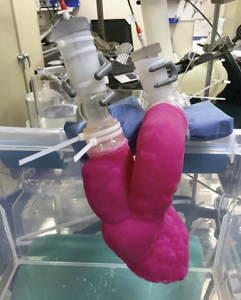
“Without the 3D printed models, we wouldn’t have been able to come up with a way to do the procedure in advance.”
—C. HUIE LIN, M.D
Adult congenital and interventional cardiologist.
3D Print Bureau of Texas has partnered with physicians at Houston Methodist Hospital to create cardiac models for applications such as assessing the size and attachment site of a right atrial malignancy. Accurate physical replications of patient anatomy can even undergo testing in a dynamic system such as replicating the severity of aortic stenosis using flow testing.
3D Print Bureau of Texas also worked with Houston Methodist DeBakey Heart and Vascular Center on a complex case involving a young patient born with a wide-open leaking pulmonary valve. The patient could not take blood transfusions and have been turned down by two medical centres concerned she would not make it through surgery.
With a 3D printed model of the patient’s heart, Lin devised a plan that required very little blood loss, which resulted in a successful operation for the little patient.
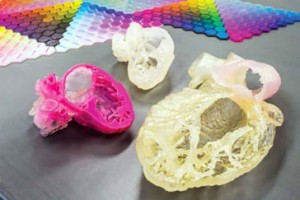
Source
Comments Off 
SEPTEMBER 10TH, 2013
By BANU PLUIE
11th & 12th October 2018
Budapest, Hungary
Technology is changing faster than ever. Global megatrends – such as digitalization, resource scarcity, and the need for renewable energy – drive the demand for innovation and efficient product development. In today’s world of almost limitless computing power, numerical simulations need to be both accessible and accurate in order to enable innovation.

NAFEMS are pleased to announce the fourth European Conference on Multiphysics simulations in October 2018. It will cover the use of Multiphysics simulations in industry.
Source
Comments Off 
JULY 27TH, 2012
By BANU PLUIE
![]() 3D Printing, 3D Slicer, ANSYS, Art, Artificial Organs, Banu Köse, Banu Pluie, BioFluidLab, Bioengineering, Biomaterials, Biomechanics, Biomed, Biomedical Science, Biophysics, Bioprinting, Biosecience, Cardiology, Cardiovascular Implants, Cerrahi, Circulatory Support Systems, ClinicianEngineerHub, Complex Systems, Congenital, Ece Salihoglu, Engineering, Finite Element Model, Fontan, Gradute, Heart, Heart Valves, Hemodynamics, Hepatic, IMAEH, Image Processing, K. Banu Köse, Kardiyovasküler, Kardiyovasküler Mekanik, Kevser Banu Köse, Laser Doppler, Liquid State, Materialise Medical, Medipol, Medtronic, Pediatric, Perfusion, Perfüzyon, PhD, Physics, Pulmonary, Radiology, Slicer, Structural Analysis, Surgery, SurgicalPlanning, Sıvı Hal Fiziği, TGA, The Journal of Cardiovascular Surgery, VSD, VirtalSurgery, Virtual Physiological Human, Windkessel, WomenEngineers, womenin3d
3D Printing, 3D Slicer, ANSYS, Art, Artificial Organs, Banu Köse, Banu Pluie, BioFluidLab, Bioengineering, Biomaterials, Biomechanics, Biomed, Biomedical Science, Biophysics, Bioprinting, Biosecience, Cardiology, Cardiovascular Implants, Cerrahi, Circulatory Support Systems, ClinicianEngineerHub, Complex Systems, Congenital, Ece Salihoglu, Engineering, Finite Element Model, Fontan, Gradute, Heart, Heart Valves, Hemodynamics, Hepatic, IMAEH, Image Processing, K. Banu Köse, Kardiyovasküler, Kardiyovasküler Mekanik, Kevser Banu Köse, Laser Doppler, Liquid State, Materialise Medical, Medipol, Medtronic, Pediatric, Perfusion, Perfüzyon, PhD, Physics, Pulmonary, Radiology, Slicer, Structural Analysis, Surgery, SurgicalPlanning, Sıvı Hal Fiziği, TGA, The Journal of Cardiovascular Surgery, VSD, VirtalSurgery, Virtual Physiological Human, Windkessel, WomenEngineers, womenin3d